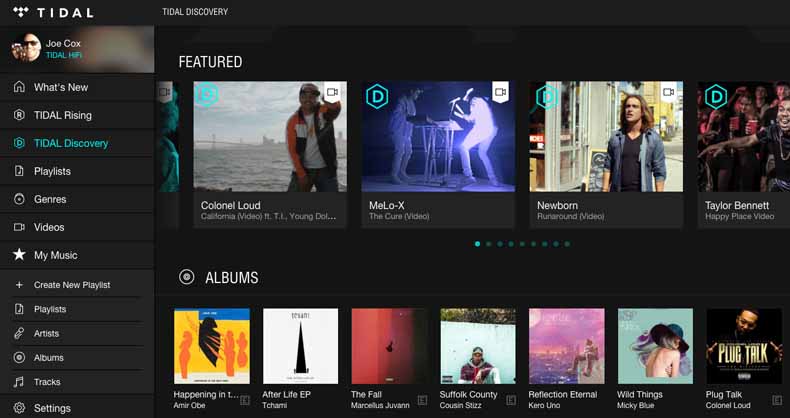'Sound quality' seen as key reason to pay for music streaming
A study conducted by MusicWatch revealed US streaming music consumers rate sound quality as the second biggest reason to upgrade from a free streaming service to a paid-for subscription.

"Sound quality as good as the recording studio" was voted as the second most important reason to upgrade, with the top hit being complete control over your music (the free version of Spotify limits your playback options).
The MusicWatch study also claimed many respondents thought the audio quality from mobile devices was “not good enough”. No small matter when 67 per cent of streaming consumers listen on their smartphone.
The survey then leapt to the slightly questionable conclusion that "25 million US consumers value sound quality in music enough to pay for it". That's probably up for debate.
Russ Crupnick, managing partner of MusicWatch, said: “Consumers who value sound quality and are willing to pay for a premium experience are younger, more affluent and much more engaged in music buying and listening, which makes them a perfect target group for the music industry and supporting tech companies. The challenge is how to define and market something as amorphous as ‘better sound quality'".
We're sure Tidal (pictured, top) and Qobuz are fully aware of those challenges; both of the services already offer CD-quality lossless streaming. Qobuz also offers hi-res audio streaming on its Android app.
MQA could make improvements to sound quality that much easier. The new audio technology aims to make hi-res streaming more accessible by reducing the size of high-resolution files. Tidal is expected to launch a hi-res streaming service using the technology later this year.
You can watch our panel discussion from CES 2016 on MQA and the future of hi-res audio, below.
Get the What Hi-Fi? Newsletter
The latest hi-fi, home cinema and tech news, reviews, buying advice and deals, direct to your inbox.
Max is a staff writer for What Hi-Fi?'s sister site, TechRadar, in Australia. But being the wonderful English guy he is, he helps out with content across a number of Future sites, including What Hi-Fi?. It wouldn't be his first exposure to the world of all things hi-fi and home cinema, as his first role in technology journalism was with What Hi-Fi? in the UK. Clearly he pined to return after making the move to Australia and the team have welcomed him back with arms wide open.

